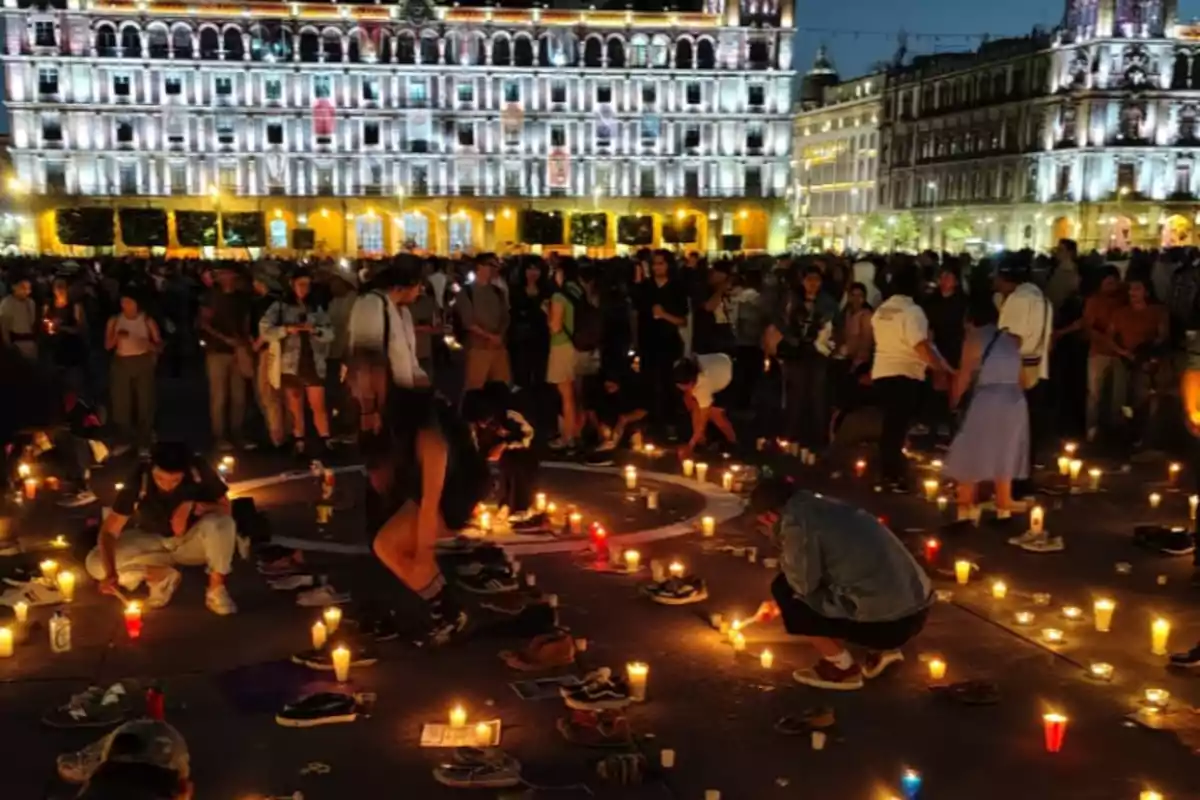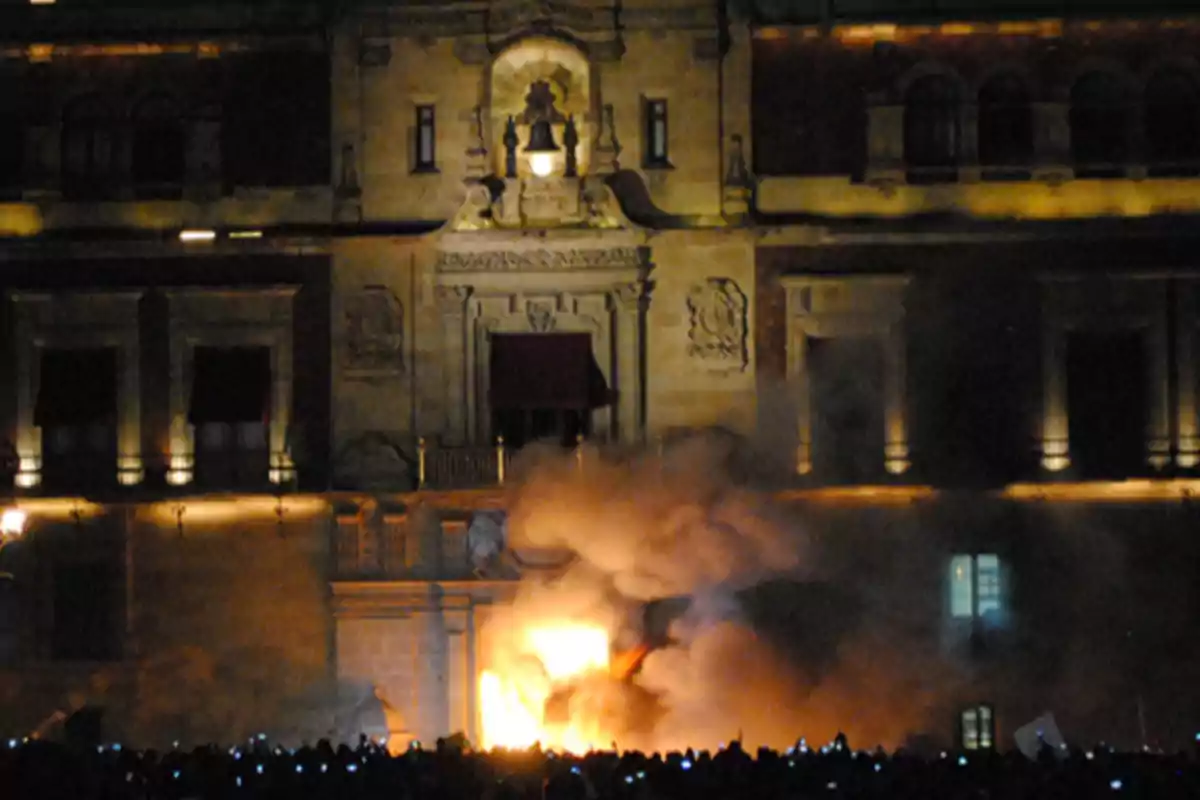
Mexico faced an unprecedented crisis of missing persons
The number of missing people exceeded 124,000 victims, evidencing the ineffectiveness of the authorities
Mexico experienced an unprecedented humanitarian crisis due to the disappearance of more than 124,833 people. According to official data from the National Search Commission (CNB).
This alarming number reflected not only the lack of effective actions by the government but also the impunity and absence of justice for thousands of families who have demanded answers for years.
Origins of the missing persons crisis in Mexico
With the deployment of military forces in various regions of the country, confrontations between organized crime and authorities intensified, generating a wave of violence without precedent.
During the administrations of Enrique Peña Nieto (2012-2018) and Andrés Manuel López Obrador (2018-2024), the number of missing persons continued to increase.
Despite the creation of the CNB in 2018 and the enactment of the General Law on Forced Disappearance, the crisis showed no signs of abating.
International organizations, such as the UN and Amnesty International, have pointed out the lack of political will to address this issue and the impunity that prevails in most cases.

Macabre discoveries in Jalisco
The discovery of the Izaguirre ranch in Teuchitlán, Jalisco, became one of the biggest scandals of the missing persons crisis in Mexico.
In this site, used as an extermination camp by organized crime, human remains and more than 200 pairs of shoes were found, suggesting that the number of victims could be even greater.
This discovery was made possible thanks to the search collectives of relatives, who have been the main actors in locating clandestine graves in the face of government inaction.
The Jalisco Prosecutor's Office has been criticized for its delay in intervening in the case and for not providing clear answers about the magnitude of the findings.
Alarming increase in disappearances
Between November 2024 and March 2025, some states in the country recorded a 100% increase in reports of missing persons. In Tabasco, the cases rose from 1,338 to 2,718, while in Baja California and Mexico City the figures also skyrocketed.
According to data from the organization Data Cívica, 60% of disappearances in Mexico are attributed to organized crime, while 15% involve state forces. This situation has caused international concern, with the UN calling for urgent intervention to stop the crisis.
Government response and criticisms
In an attempt to control the crisis, President Claudia Sheinbaum announced the implementation of new search strategies and the strengthening of the CNB.
However, these measures were met with skepticism by family collectives, who denounced that the resources allocated to the location of missing persons are insufficient and that investigations still yield no concrete results.
Additionally, human rights organizations have pointed out that the state still doesn't recognize the magnitude of the problem.
In several reports, Amnesty International and Human Rights Watch have warned about the lack of investigation in most cases, as well as the negligence of state prosecutors in the search process.

Mobilizations and calls to action
On March 20, collectives of relatives of the disappeared held a National Vigil and Mourning in various cities across the country, demanding justice and effective measures from the government.
In Mexico City, the Zócalo was the scene of a large gathering, where thousands of people placed photographs of their missing loved ones, as well as candles and banners with messages directed at the authorities.
Additionally, international organizations have urged Mexico to allow the participation of independent human rights commissions in the search for the missing, as the country has so far limited the intervention of external organizations in the investigation of these cases.
Despite the efforts of search collectives and human rights organizations, the lack of answers and impunity have turned this problem into one of the country's greatest humanitarian tragedies.
More posts: